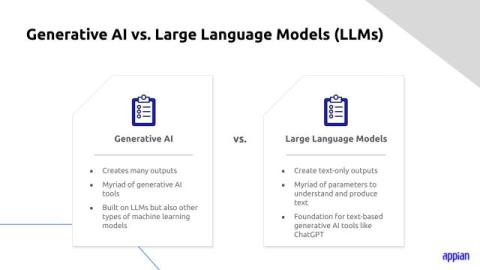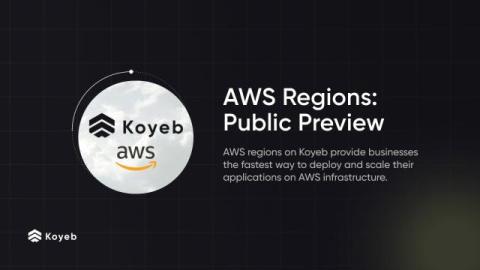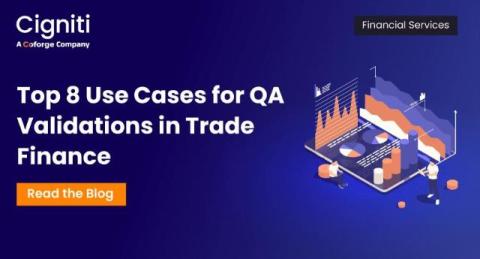Why application integration is important in business?
Did you know? In the past decade, mobile app usage has evolved and grown tremendously all around the world. Not only that, according to a recent study, the SaaS industry has progressed from $31.5 billion to an estimated $171.9 billion in 2022 as per the report published by Exploding Topics. That equates to around 5x growth in only seven years. That’s incredible, isn’t it?











